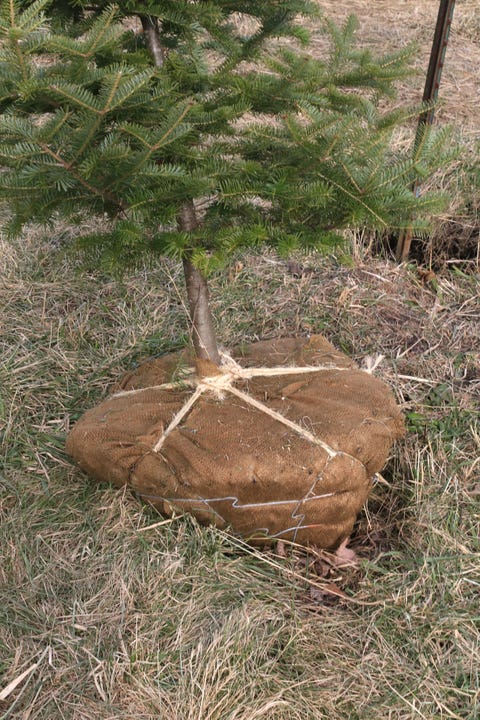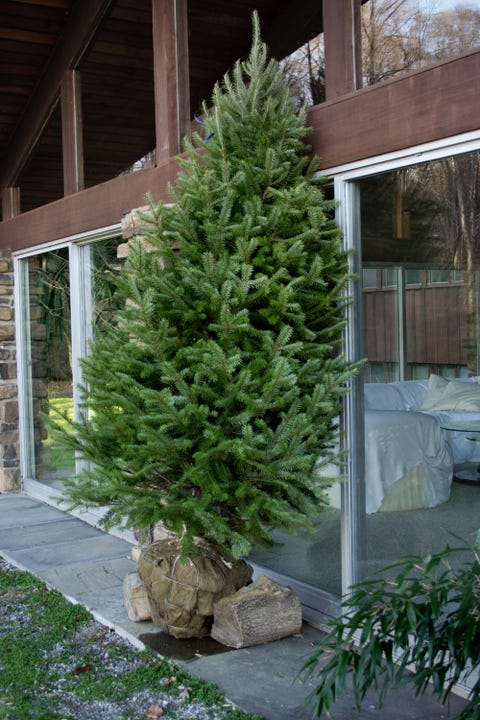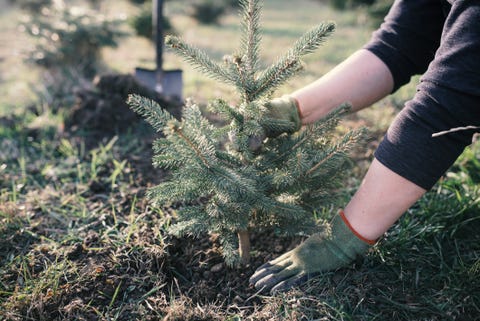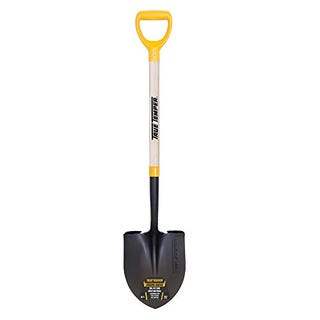Holiday Living Tree Replacement Bulbs

ChamilleWhite Getty Images
Want to enjoy your Christmas tree for more than a few short weeks? In many parts of the country, living Christmas trees are available from nurseries and tree farms. These trees are sold in containers, or as balled and burlapped (B&B) trees, which means the root ball is wrapped in fabric. Typically, living trees are not that much more expensive than a live, cut tree. The best part: After bringing your tree inside and decorating it, you'll be able to replant it after the holidays to enjoy for years and years in your garden.
But living trees do take a little TLC, so here's what you need to know:
Pick a spot.
In most regions of the country, including cold climates, you can enjoy a living Christmas tree. First, find a good place in your yard where the tree will get plenty of sunlight and won't crowd other plantings in a few years. Many species used for Christmas trees grow fast and become quite large, so ask the nursery about the type you're considering.
Choose your tree.
Read the plant tag or ask the nursery to be sure your species will grow well in your USDA Hardiness zone (check your zone here). Trees are available in a variety of heights, and depending on its size, a B&B tree can weigh a couple hundred pounds; container trees usually weigh somewhat less. Regardless, you'll need help moving it around, so enlist some friends and treat them to hot cocoa and cookies afterwards!

Douglas Sacha Getty Images
Prepare your tree to come indoors.
Place tree in something like a large galvanized tub or deep pan so you can water and not damage your floor. Keep the root ball moist, not sopping wet. Your tree also needs a brief adjustment period before going into a heated house. Once you get your tree home, place it in an outdoor spot sheltered from the wind, such as an unheated barn, shed or garage. Give it a few days to get conditioned before moving indoors.

Jsheets19 Getty Images
Keep it cool.
Your living trees should not be kept inside for more than 10 days, because the warm temperatures may cause it to break dormancy. That's a bad thing, because it could be damaged or even die when you put it back outside into normal seasonal conditions. For the same reason, keep your tree away from heating vents, wood stoves or fireplaces. Also, LED lights are a better choice than old-school incandescent, which throw a lot of heat.

tibor13 Getty Images
Plant your tree.
When it's time to move your tree back outside, recondition it the same way you did before bringing it in by first placing in an unheated outdoor space for a few days. When planting, dig a hole about the depth of the root ball and about twice as wide in diameter; don't bury it too deep, which is a common mistake. Place in the hole, cut off burlap and remove cords or wire around the root ball, backfill with the soil you removed (you don't need to add anything else), water and mulch well to retain moisture and protect the roots. If the ground is frozen, hold it in a sheltered outdoor spot until spring, but check the moisture regularly, and water as needed.
What You Need for Your Living Christmas Tree

Watering Can
Keep your tree watered with this pretty watering can.

D-Grip Shovel
Dig a proper hole with this sturdy shovel.

Leather Gloves
TOMAKOU amazon.com
Protect your hands as you plant your tree.
Follow House Beautiful on Instagram .
Arricca Elin Sansone Arricca SanSone has written about health and lifestyle topics for Prevention, Country Living, Woman's Day, and more.
This content is created and maintained by a third party, and imported onto this page to help users provide their email addresses. You may be able to find more information about this and similar content at piano.io
Holiday Living Tree Replacement Bulbs
Source: https://www.housebeautiful.com/lifestyle/a29416993/living-christmas-tree-care/

0 Komentar